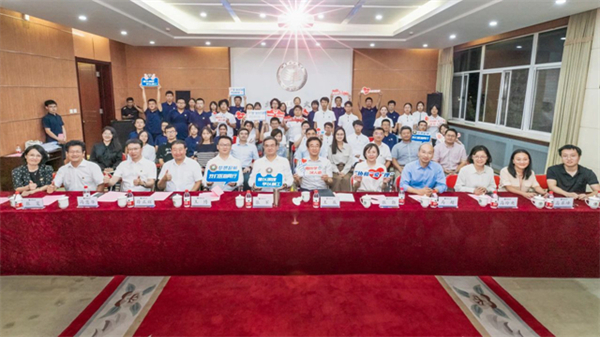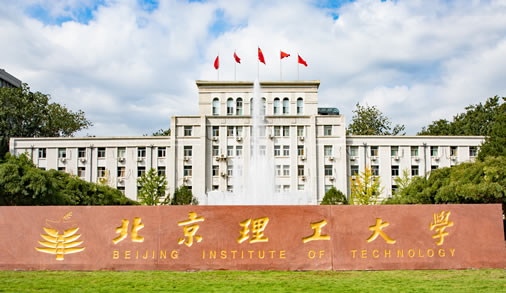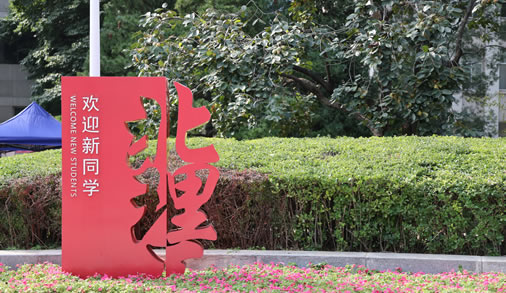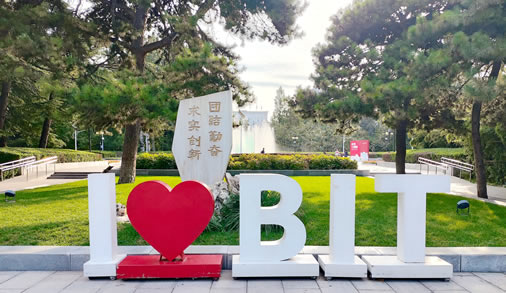

Updated: 2023-09-21

The Beijing Institute of Technology (BIT) holds an opening ceremony for its Peking Union Medical College (PUMC) Medical Class on Sept 13.
The Beijing Institute of Technology (BIT) held an opening ceremony for its Peking Union Medical College (PUMC) Medical Class on Sept 13. The project is a collaboration between BIT and PUMC aimed at cultivating top-notch innovative talents with a cross-fusion of medical and engineering disciplines.
About 40 students from the class attended the event, which was also attended by President of PUMC and Vice President of the Chinese Academy of Engineering Wang Chen, PUMC Deputy Party Secretary Zhang Qin, BIT Party Secretary Zhang Jun, and BIT Vice President Wang Bo. The ceremony was presided over by Wang Bo.
Wang Chen highlighted that medicine is a diverse and essential field that directly impacts human life and health. It encompasses various disciplines, combining knowledge, technology, art, and academia, requiring students with diverse backgrounds.
He said he hopes that students will have a comprehensive understanding of their academic backgrounds, explore knowledge from various disciplines, broaden their horizons, cultivate their interests, and be fearless in innovation.
Zhang Jun said that the cooperation between BIT and PUMC in establishing this special class is an innovative project, breaking barriers between disciplines and exploring the integration of medical and engineering, science and technology, and medicine and pharmacy. He said he hopes students will cherish the chance to lead and set a positive example, making meaningful contributions.
Zhang Jun, Wang Chen, and Zhang Qin presented the student representatives with white lab coats symbolizing their commitment to medicine, and adorned them with school emblems. They also gave them books related to medicine and personal growth.
After the ceremony, Wang Chen gave a health-themed lecture.
The BIT PUMC Medical Class follows a strong educational concept emphasizing expertise, interdisciplinary medicine, abilities, and innovative strategies. They carefully choose mentors and teachers, improve curriculum and teaching methods, and organize cross-disciplinary activities to develop students' medical skills. Students also participate in innovative research projects, improving their practical and innovative abilities.














